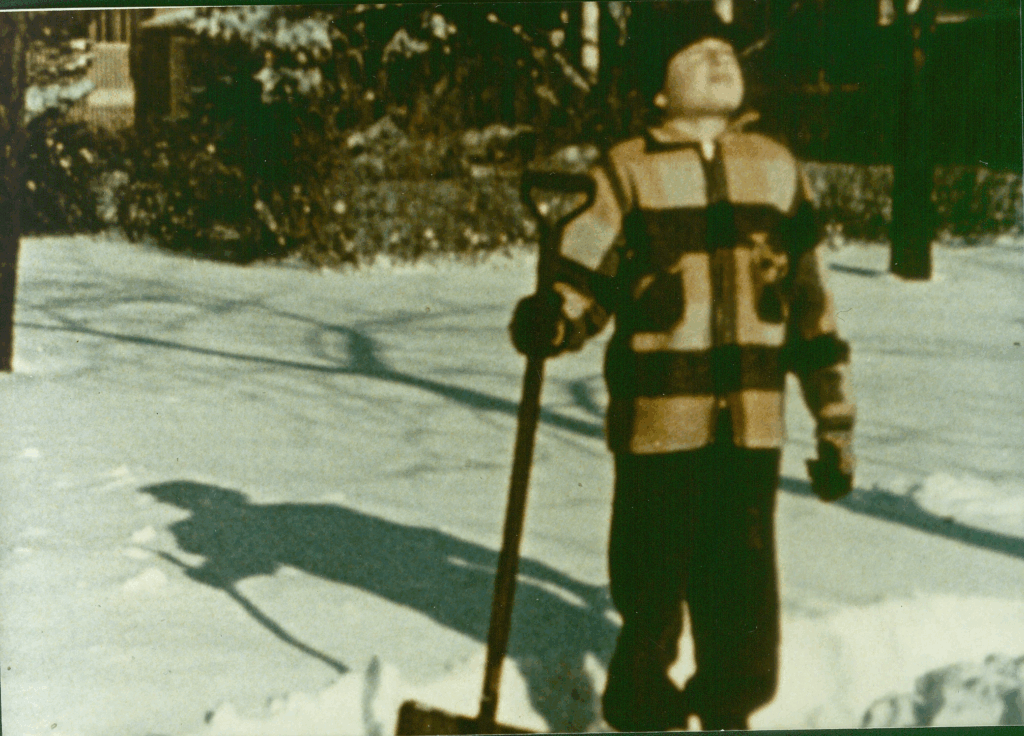
Tree of Knowledge (1980) by Larry Gottheim
Thursday, November 6, 2025, 7:30 pm
Larry Gottheim: The Red Thread (Program Two)
Mnemosyne + Tree of Knowledge
Presented in association with Gray Area
Admission: $15 General / $12 Cinematheque Members and Members of Gray Area
Event tickets here
Download Program Notes
“Early on, Gottheim […] challenged us to rethink our conventional experiences with filmgoing: basically, to start over by deepening and broadening our perception of what the elements of celluloid cinema were and how they could be used. Now, half a century later, his film Entanglement (2022) is a kind of meta-haiku that challenges us to work at comprehending, as best we can, the media-saturated world of the 21st century that we are all awash in.” (Scott MacDonald, from The Read Thread: Larry Gottheim and His Films)
Among the meanings of The Red Thread are the connections that run from one film to the next, and the threads tat run from the films to issues of biography, philosophy, psychology, film theory, social issues, ritual and ceremony. (Larry Gottheim)
Working in film since the late 1960s, the cinema of Larry Gottheim is an observational cinema, rewarding contemplation, stillness and active intellectual engagement and offering uncannily commonplace imagery rife with elusive metaphor and/or accumulating into densely immersive conceptual conundra. In Gottheim’s films, time slows, hesitates and seems to move in novel and non-linear directions, the circularity of experience a recurring aspect of the master filmmaker’s rich body of work. Gottheim’s recent book, The Red Thread: Larry Gottheim and His Films (published 2024 by Eyewash Books and the Film-Makers’ Cooperative) is a ruminative and musing career-spanning culmination, teasing out longitudinal threads and uncanny occurrences in the oeuvre, presenting the artists’ body of work as a multi-faceted whole, a throughline of thought and material-based philosophy.
In celebration of The Read Thread, Cinematheque is honored to present a three-program residency presenting selections from the artist’s vast body of work, from early single-shot films, still lifes and nature studies to the complex sound/image constructions of later work to the very recent films completed 2019–2024. This series is presented in partnership with the Roxie Theater, Gray Area and Shapeshifters Cinema with Larry Gottheim in person at all screenings. (Steve Polta)
Program 1 · Program 2 · Program 3
Program Two: The Garden is Closed—Mnemosyne + Tree of Knowledge
Thursday, November 6 at 7:30pm
Gray Area, San Francisco
The Red Thread series centerpiece features two mid-period masterworks which confound the linear experience of time through complex reversals, repetitions and elaborate restructurings of sound/image relationships, films in which time runs backward and forwards at the same time, reflective films pondering paranoia, remembrance, grief, childhood and aging. (Steve Polta)
SCREENING:
Mnemosyne Mother of Muses (1986) by Larry Gottheim; 16mm screened as digital video, color, sound, 18 minutes. Tree of Knowledge (Elective Affinities, Part 4) (1980) by Larry Gottheim; 16mm screened as digital video, color, sound, 60 minutes.
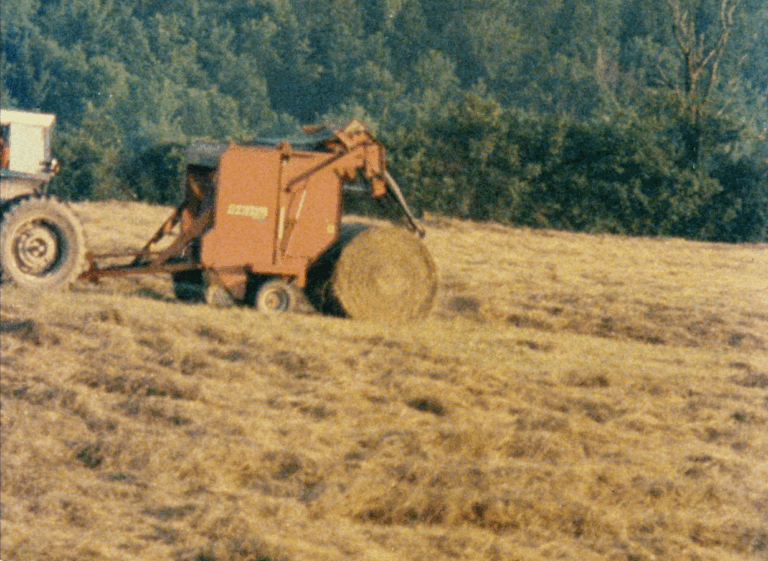
Mnemosyne Mother of Muses (1986) by Larry Gottheim
There is a double retrograde motion. A flow of images goes forward, linked to a sound track that is going backward. Then the directions are reversed. This relates to the complex canon forms and retrograde motions that were beloved of some Western Renaissance composers as well as Schoenberg and Webern. I was influenced by a passage in Heidegger where he calls attention to the ancient Greeks conceiving Mnemosyne, the goddess of memory, as the mother of the muses. Memory is both a subject of the film and an essential part of its structure. The material evokes many other emotional and philosophical ideas. Images include those from a wedding, the Red Robin Diner at night, my father after his stroke, the place in Sunnyside where I grew up, a ruined factory on the shore in Eastport Maine. Sound elements include the conductor Arturo Toscanini rehearsing a passage from Wagner, something from the sound track of the film noir The Killers (1946, dir. Robert Siodmak). There is a sense of loss and recovery—the need to go back and its impossibility except in art. (Larry Gottheim)
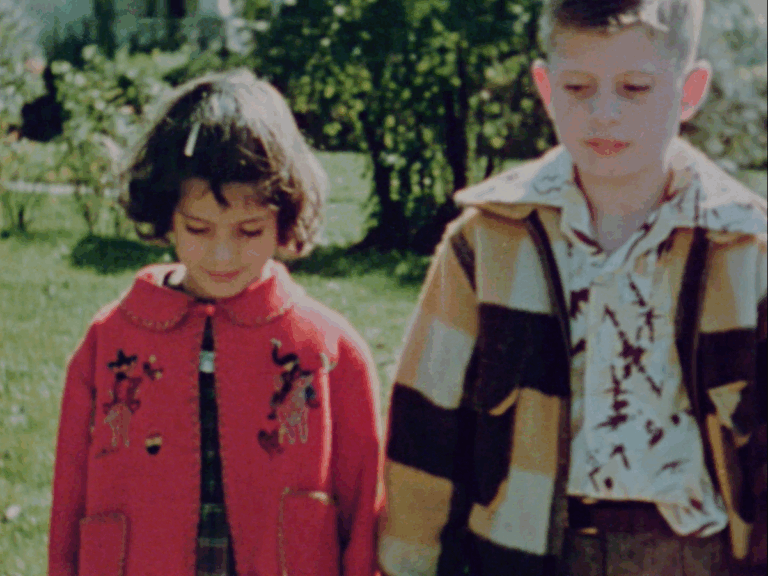
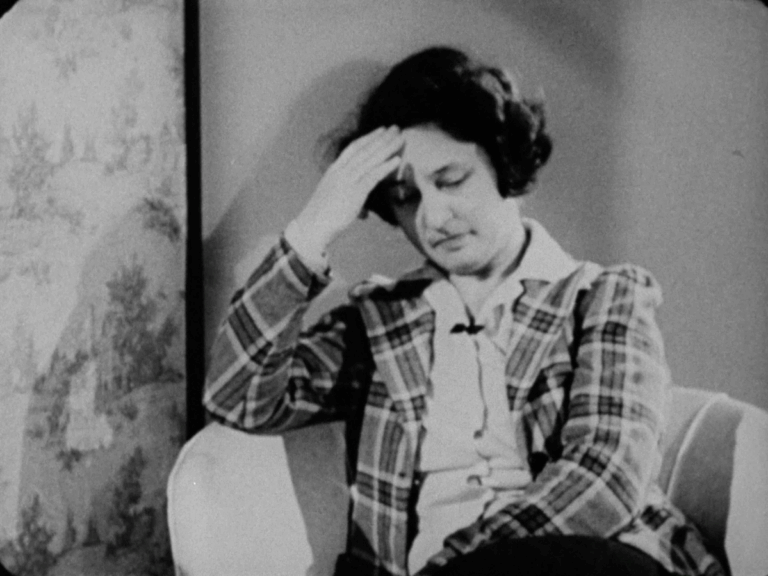
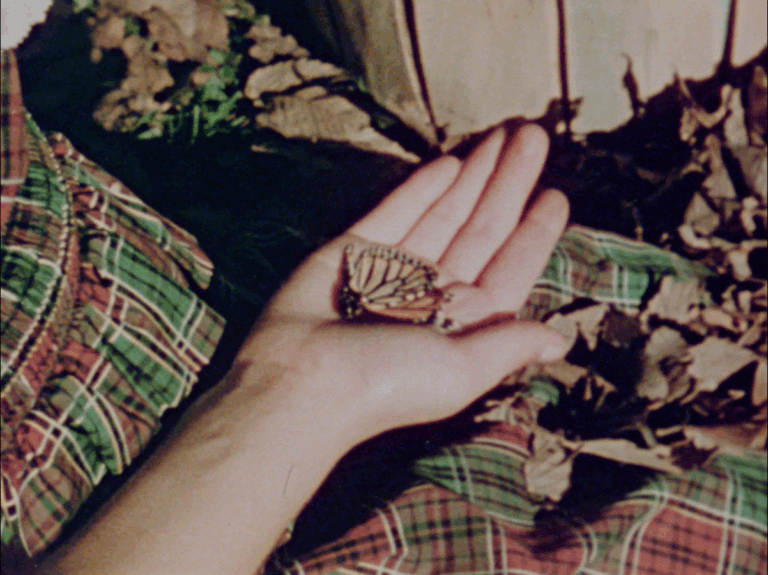
Tree of Knowledge (Elective Affinities, Part 4) (1980) by Larry Gottheim
The final film of the Elective Affinities series (1973–1980. A central element is a documentary film about paranoid conditions. Another is a flow of images of an apple tree in my back yard filmed impulsively, without forethought, the opposite of the static camera of Fog Line (1970). The radical breaking with the previous passivity of the camera has deep psychological dimensions. That was the first thing that led me to bring the paranoid material into the zone of the tree footage. The elements of sound and image are closely matched to each other, frame by frame. Inserted in them at the heart of the film are images of children, Kenneth and Louise, from an instructional documentary about the seasons. Cries of cattle being auctioned and sent to the stockyards are also inserted. The children are central. They stand in for the audience of the didactic film about the seasons. They are both the ones who are learning and also part of the didactic mechanics of that film that represents and teaches received knowledge. The paranoid patients are also presented as instruments of instruction and at the same time subjects themselves who have absorbed in a distorted way knowledge they have received from religion, newspapers, common gossip. Their minds struggle with elements of the outside world that penetrate their attention—politics, new post-WWII technologies. The doctor who presents them is also in intimate league with them in this studio space. The narrator of the seasons film is his brother. The affinities between all these figures continue the theme of doubles that appear in my films. The film points to a deeper reality than what is on the surface. The explanation of the seasons is obviously correct. But in its didactic context it serves as a cover for something deeper. This material is repeated with different permutations of the sound material and the image material, once in the original sync sound and again with the other sound track, continuing procedures from the preceding two films of the series. All this is preceded and followed by continuous black and white negative images of the tree going from clear to black and reversed at the end. Each is accompanied by an important sound element. At the very beginning and end is a small piece with new material that points forward and back into a world outside the garden, that concludes the series of Elective Affinities” and opens to new procedures… (Larry Gottheim)